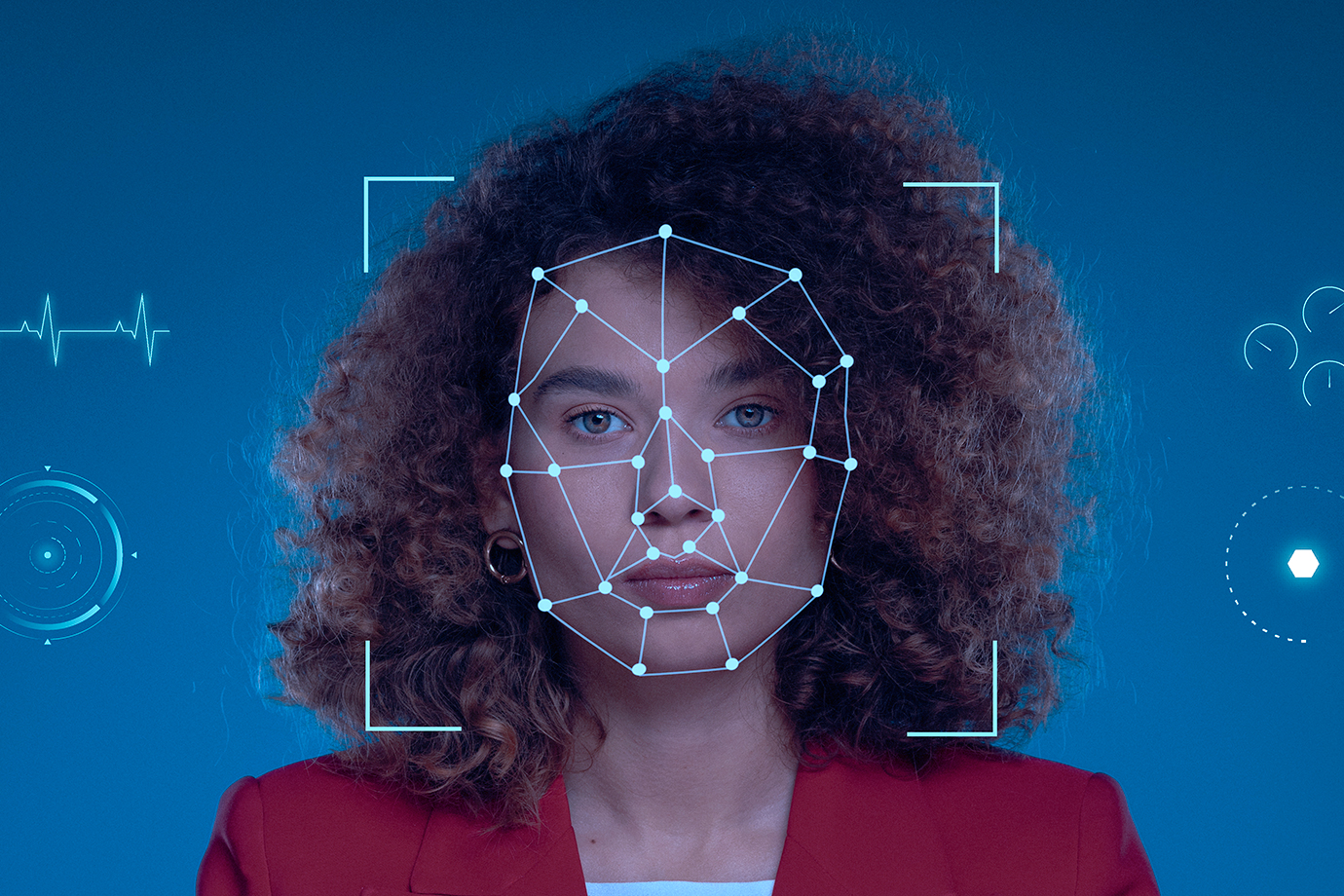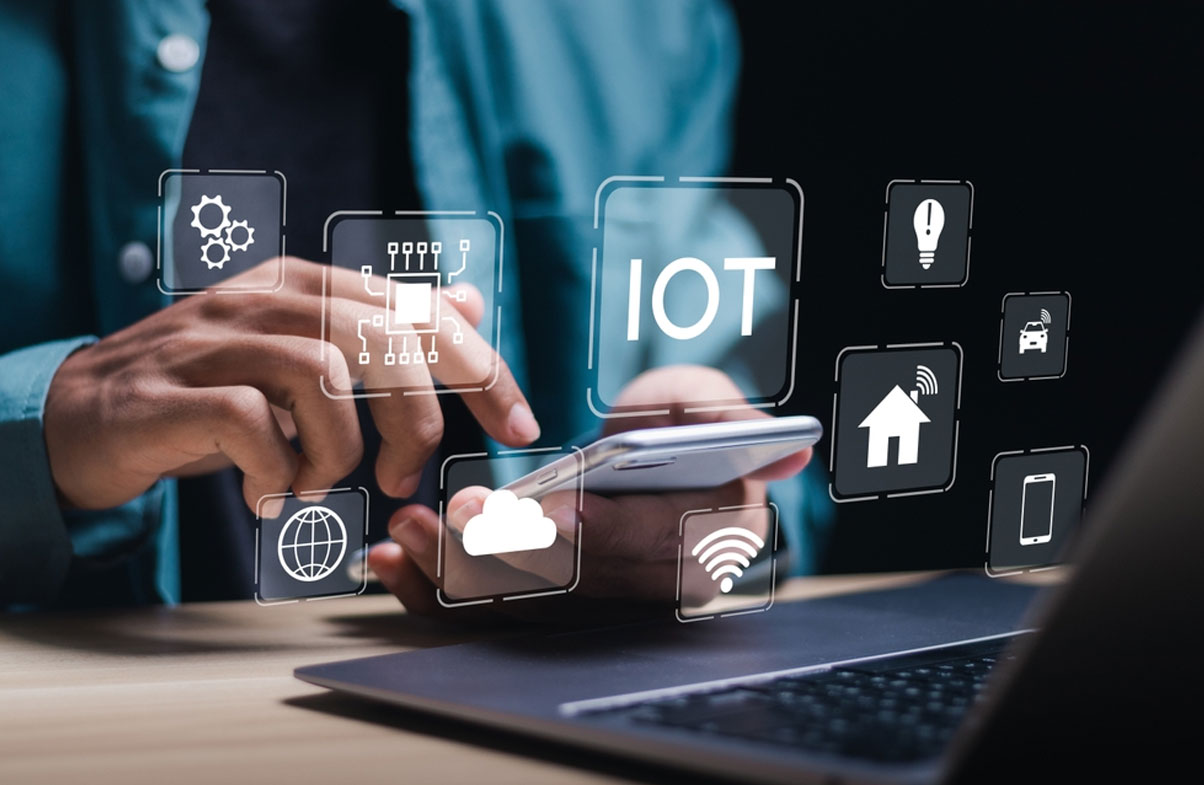Deepfake Detection for Businesses in 2025: How to Spot and Stop Fake Video & Audio Scams

21 Jul 2025
In 2025, deepfakes are no longer science fiction; they’re a business reality.
Imagine receiving a voice message from your CFO, urgently asking for a wire transfer. The voice is spot on, tone, pitch, and even background noise. But there’s a catch: it’s completely fake.
That’s the danger of deepfakes. And if you run or manage a business, this isn’t a problem you can afford to ignore.
Deepfakes: More Than Just a Tech Buzzword
Deepfakes are hyper-realistic audio or video files created using artificial intelligence. They clone a person’s voice, face, or even full body to create something that never actually happened.
Once used for entertainment or parody, deepfakes have now entered the world of fraud, identity theft, and corporate sabotage. The tools are cheap. The results are terrifyingly believable.
And in the wrong hands, they can cost your business everything, from money to reputation.
How Deepfake Scams Are Targeting Businesses
If you think deepfake fraud only happens to large corporations, think again.
Cybercriminals don’t discriminate. If your business uses email, video calls, or online banking, you’re on their radar.
Here’s how attackers are using deepfakes in 2025:
- CEO voice cloning: Scammers replicate the voice of top executives to trick employees into transferring money or sensitive data.
- Fake investor calls: Deepfake video calls convince partners or stakeholders to act on false information.
- Impersonation of customers or suppliers: Fake audio messages “confirm” details to manipulate contracts or payment terms.
These aren’t theoretical. Real companies have lost millions to these exact tactics.
How to Spot a Deepfake in 2025
Spotting a deepfake is getting harder every year. In the early days, you could pick out subtle glitches, blinking too much or not at all, lip-sync issues, and robotic tones. But now? It’s nearly flawless to the human eye.
That’s why businesses need tools and processes that don’t rely on gut instinct alone.
Here’s what actually works:
1. Use Deepfake Detection Software
Software like Microsoft Video Authenticator, Deepware, and Sensity AI analyzes tiny patterns in speech, skin texture, and video noise to catch signs of manipulation. These tools are your best defense if you're regularly exchanging media files or video calls.
2. Implement Voice Biometric Checks
Don’t just rely on caller ID. Use voice biometrics to verify internal communications. These tools analyze the unique vocal signature of a speaker, like a fingerprint for voices. Even the best AI struggles to mimic that 100%.
3. Check Metadata and File Origins
Most deepfakes are edited or generated using common tools. Look at the metadata of suspicious files, creation date, editing software, and device signatures. Inconsistencies here are red flags.
4. Adopt a Multi-Layer Verification Policy
Never act on high-value or high-risk instructions from a single channel. Create a dual-verification process for wire transfers, contract approvals, or HR requests. Cross-confirm over another channel, ideally face-to-face or through secure apps.
5. Train Your Team
People are your biggest risk, and your best defense. Regularly update your staff on deepfake trends. Show real-life examples. Make it clear: it’s okay to pause and verify.
The $35 Million Deepfake That Changed Everything
Back in 2020, a European energy company lost $35 million in minutes. A senior finance officer got a call from the CEO, at least, it sounded like him, asking to transfer funds to a Hungarian supplier.
The voice was urgent. The story was believable. The money was sent.
Later? The CEO never made the call. The voice had been faked using AI. That case opened the floodgates.
And five years later, in 2025, the attacks have only gotten smarter.
Realistic Prevention Starts with Awareness
Most businesses still focus on email phishing. But deepfakes are evolving faster than spam filters. Protecting your company means thinking beyond antivirus and firewalls.
Start with these steps:
- Add deepfake threats to your risk management and cybersecurity policies
- Deploy AI-based detection tools across communication channels
- Build a culture where employees are encouraged to verify and ask questions
- Work with cybersecurity professionals who understand synthetic media risks
Top Tools for Deepfake Detection in 2025
| Tool | What It Does | Best Use Case |
|---|---|---|
| Deepware Scanner | Flags manipulated video/audio | Small businesses |
| Serelay | Checks content authenticity in real-time | News/media teams |
| Reality Defender | Integrates with your company’s tools to flag threats | Enterprises |
| Hive | Detects visual tampering in videos and streams | Security teams |
Final Thoughts
The deepfake era isn’t coming, it’s already here. And while the technology itself is neutral, its misuse has made it one of the biggest business risks of our time.
This is not the year to hope for the best. It’s the year to get ahead of the threat.
Deepfakes may fool the eye and ear, but they don’t have to fool your systems.
Let’s Make Your Business Deepfake-Proof
NanoByte Technologies helps companies detect and stop deepfake attacks with advanced AI tools, employee training, and custom threat response plans.
Want to see how exposed your company is?
Get your free Deepfake Vulnerability Report today.
Contact NanoByte Technologies to schedule a risk assessment.





